*Warning: contains spoilers for Doctor Strange in the Multiverse of Madness*
Doctor Strange in the Multiverse of Madness’s step into horror is a sign of intent from Ken Fiege. The Marvel Studio’s President wants the all-consuming Marvel Cinematic Universe (MCU) to become all-encompassing. He knows MCU’s continued success requires risk-taking and diversification, although that isn’t a painless process. Multiverse of Madness shows how moving too far from a formula can divide audiences and affect the box office.
Doctor Strange leaned towards the horror of the Master of Mysticism, who first appeared in Marvel Comics in 1962. It had daubs of psychological and supernatural horror to go with the cosmic threat of Dormammu.
Multiverse of Madness was always meant to take the one-time Sorcerer Supreme deeper into horror territory. As its rating suggests, it’s not a bona fide horror movie, but it is the MCU’s most horrific entry. For some, it’s one of the gnarliest PG-13 features they’ve ever seen. Unlocking that horror dimension just took a little bit of old film magic.
We knew Fiege was open to expanding the MCU’s reach into different genres, but we didn’t expect him to be such a massive fan of The Evil Dead. When Scott Derrickson walked from the sequel, Fiege hired Sam Raimi, giving him free rein to turn Doctor Strange 2 into a horror movie.
A hugely experienced director, Raimi hasn’t just helmed the $2.5bn grossing from his Spider-Man trilogy. He’s also the creator and driving force behind the Evil Dead franchise. Raimi’s 1981 original troubled the censors in 1981 and played a key, headline-grabbing role in the UK’s 1980s ‘video nasty’ controversy. Horror hasn’t left Raimi’s toolbox of directing tricks, no matter the genre he’s tackled.
Here are ten sub-genres Raimi taps into to drag Doctor Strange 2 to horror.
Kaiju
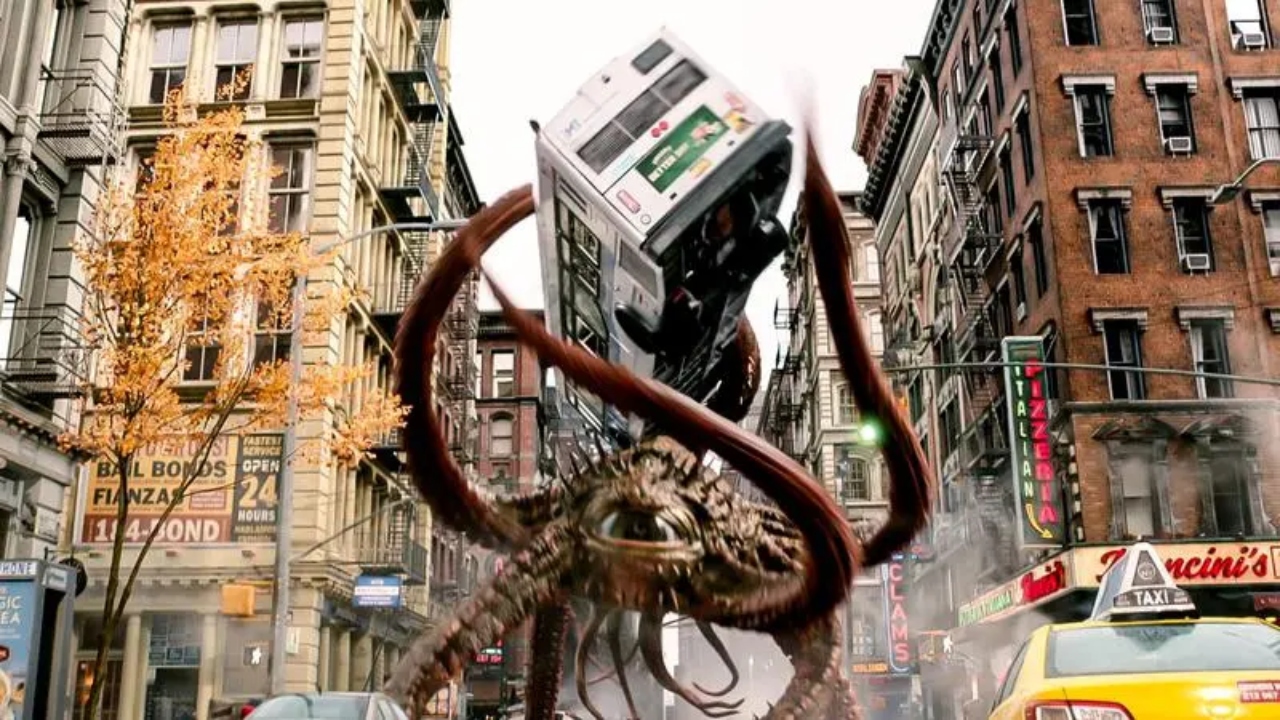
This monster archetype opens the door to the film, and its references are undeniable in the epic New York City street smackdown that interrupts Christine Palmer’s wedding.
Gargantos, the giant tentacled creature about to get its suckers on America Chvez before Strange and Wong intervene, is better known as the Old One Shuma-Gorath in the comics (see cosmic horror). The name change is thanks to copyright, but eagle-eyed fans will recognize the creature from Marvel’s What If…?, where the dark variant Sinister Strange absorbed the creature to distort history.
When Gargantos scales a tower to pursue his young prey, there are clear links to King Kong climbing the Empire State Building in 1933. The giant monster genre was popularised by the giant ape and Godzilla in Japan. For good measure, Gargantos is dispatched by having its eyeball removed, something of a Raimi trope since a hard-to-swallow dark comedy scene involving a flying eye in Evil Dead 2.
Cosmic
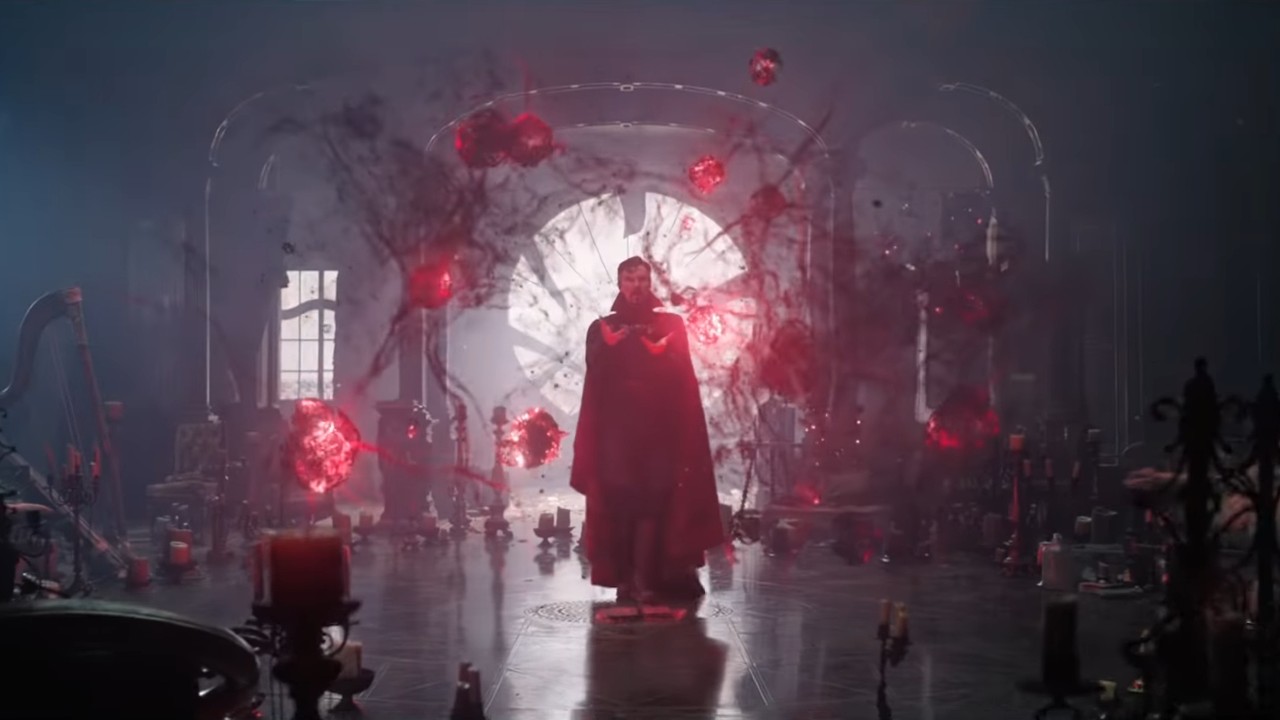
Otherwise known as Lovecraftian horror, it’s a sub-genre where the fear lies in the incomprehensibly unknowable nature of the universe. Unsurprisingly, it runs through all of Multiverse of Madness, from the moment Gargantos crashes New York City — a character based on the Great Old Ones of H.P. Lovecraft’s fiction.
Doctor Strange’s first outing dipped into cosmic horror, but the sequel confirms that Sorcerer Supreme’s universe is defined by encroaching menaces that are vast and unknown.
Lovecraft also introduced the Necronomicon, or Book of the Dead, in his 1924 short story The Hound. This fictional grimoire has hugely influenced horror creators, particularly Sam Raimi. It was the common element in his Evil Dead series, so he was the ideal person to open the pages of Marvel’s version, the Darkhold, on the big screen.
Witchcraft
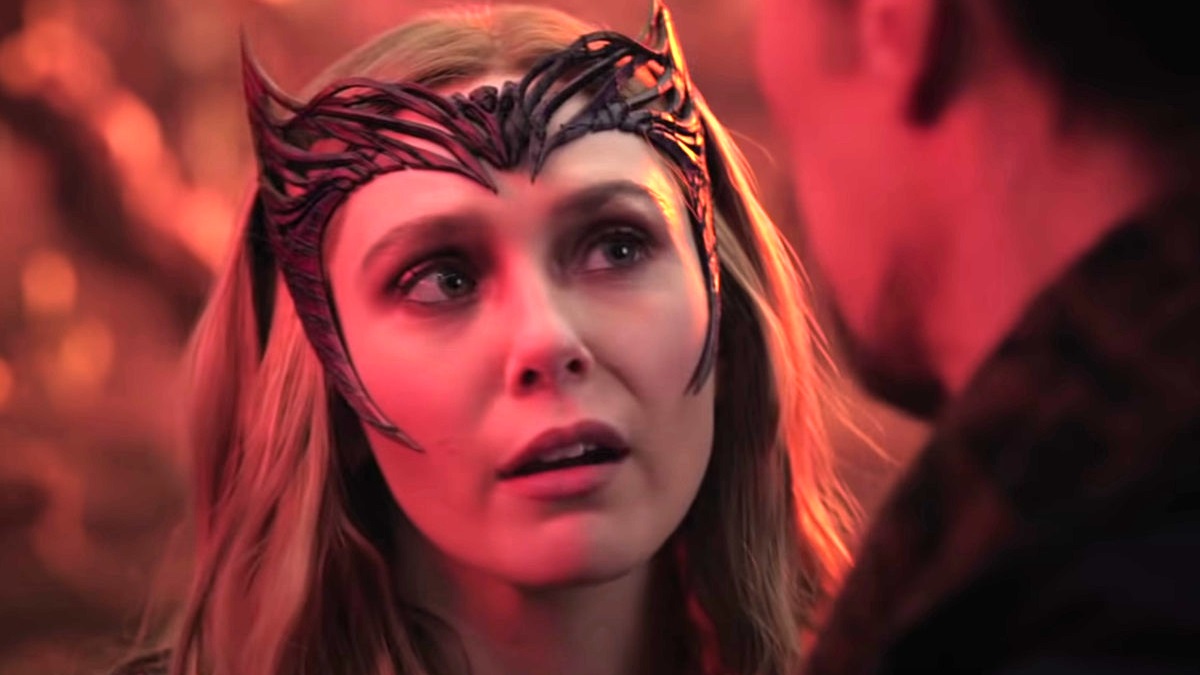
Wanda Maximov’s threat is revealed refreshingly early in the movie, as her perfect orchard gives way to a scarlet hellscape. An earlier chat in Kamar-Taj had revealed the hallmarks of witchcraft in the attacks on Miss America. With the pretense abandoned, the Scarlet Witch is unleashed.
The Scarlet Witch of Marvel Comics has moved away from her mutant origins to draw closer to the dark magical source of Mount Wundagore. Her powers come from her ability to channel chaos magic, shift probabilities, project energy and warp reality through hexes. It’s magic by another name. From the Hydra-manipulated young woman introduced to the MCU in Age of Ultron, Wanda moved closer to her name’s witch. The MCU has unlocked the potential of witches in popular fiction, from Bewitched, sinisterly parodied in Wandavision, through Salem-style witch trials to full-on witchcraft.
Deadite
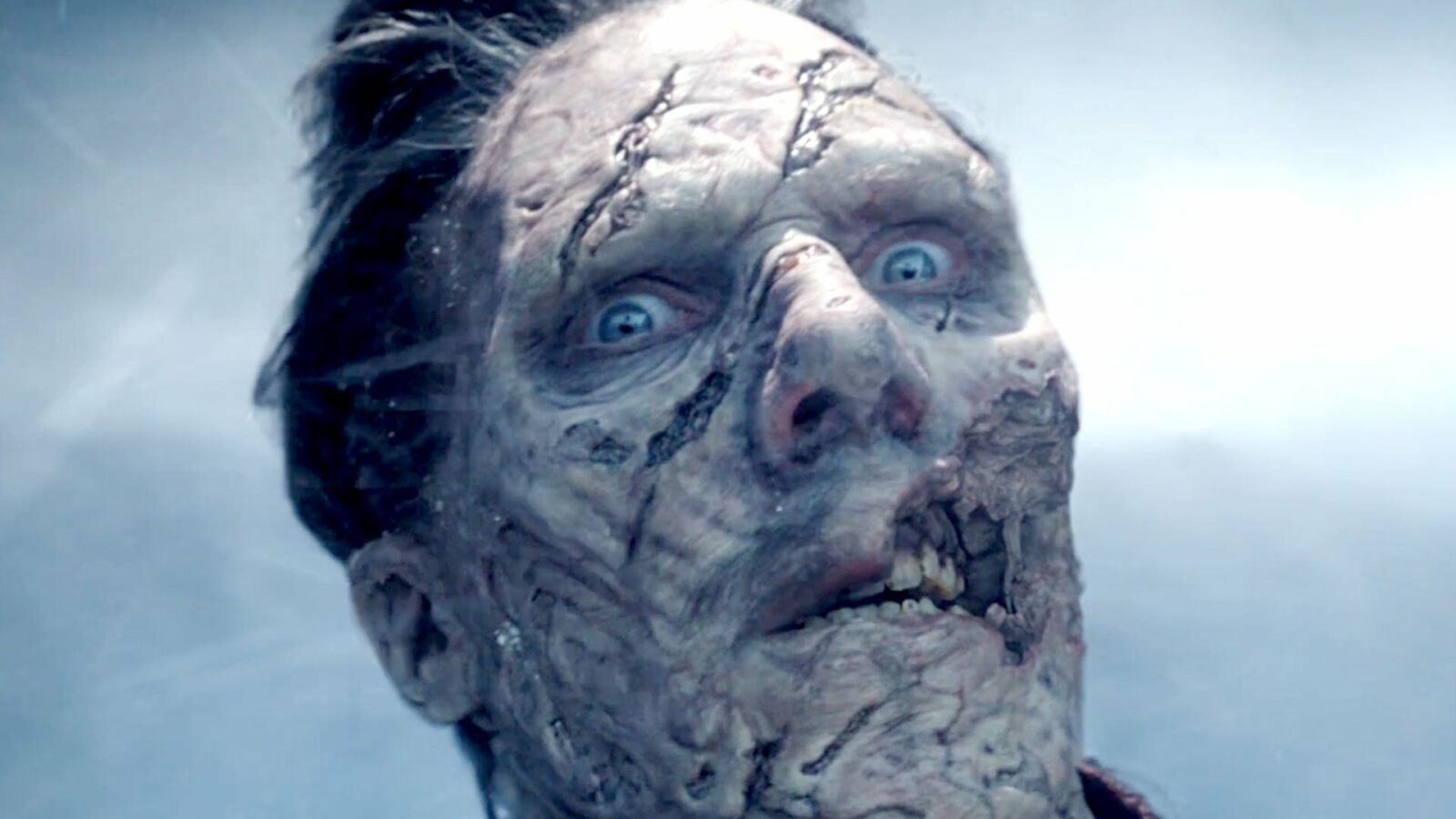
It has to be Deadite and not a traditional zombie. Raimi honed his brand of undead through the Evil Dead films, spin-off media, and three series of Ash vs. The Evil Dead. Deadites are a particular type of parasitic demon able to possess mortals. The Evil Dead established a distinct comic-horror look, including pupil-less eyes, caricatured features and clawed fingers, rotting flesh in various colors, and thick black or blueish blood. If that sounds like the zombie Doctor Strange, who twitchily travels to Mount Wundagore to stop the Scarlet Witch, it is. The rotting corpse that he possesses emerges from the ground hand first, just like the classic poster for The Evil Dead.
Survival

For much of Multiverse of Madness, Strange and Chavez are barely scraping by. Their desperation — cast adrift in the multiverse — leads them from one danger to another, not least when Strange encounters a Darkhold affected version of himself on a devastated Earth where only the Sanctum Sanctorum remains. The later suggestion that Miss America is subliminally controlling their movements doesn’t change their earlier discomfort.
Survival horror specializes in unsettling its victims and removing their sense of control, whether they’re video game players or the characters in a film. Survival horror has morphed into action horror since its heyday in the early 21st century, which sums up most of Multiverse of Madness’ set-pieces.
Final girl
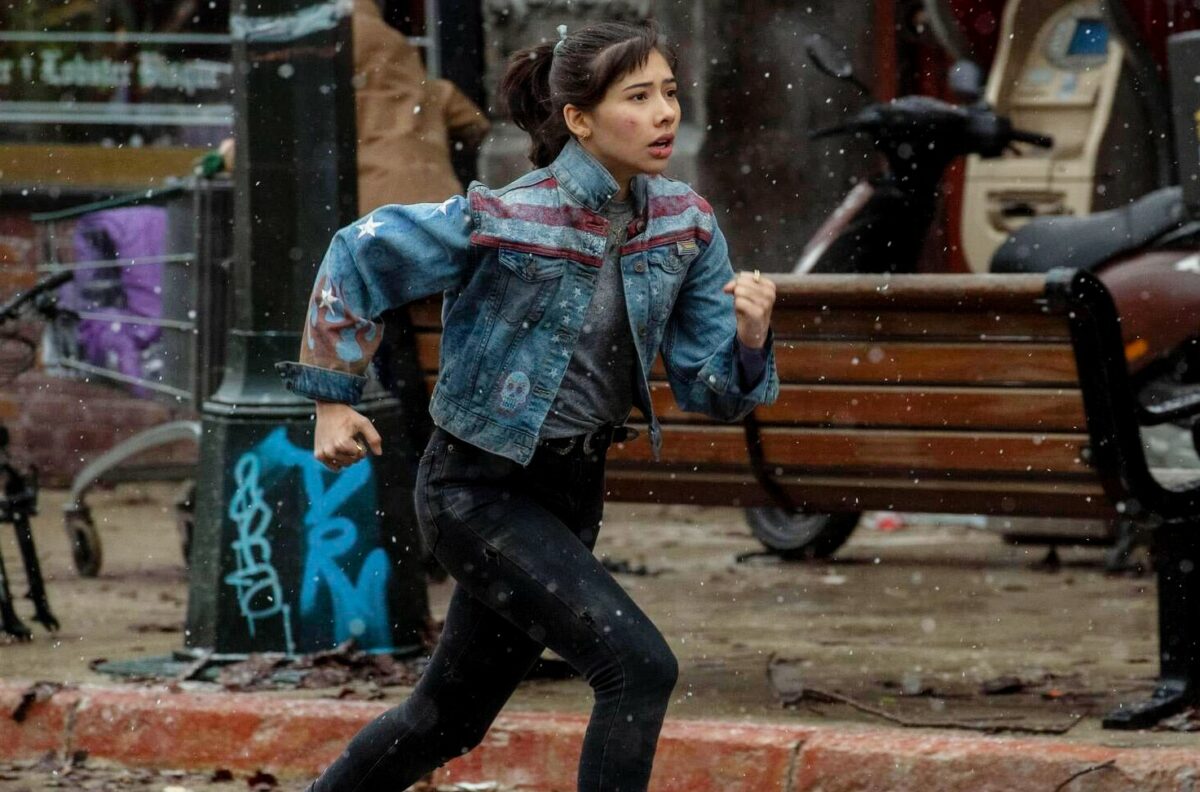
America Chavez may be unique in the multiverse, but she’s also a classic final girl. Before arriving on Earth-616, she was alone, facing impossible odds as she fled an unstoppable foe.
Screenwriter Michael Waldron compared the Scarlet Witch to the Terminator, a twist on the slasher genre.
Famous slashers like Jason Vorhees, Micheal Myers, and Freddy Krueger often go hand in hand — or knife-glove — with so-called final girls. It’s a common trope in the slasher sub-genre that describes the last surviving women who escape killers to tell the tale. It first emerged in early 1970s horror films like The Last House on the Left, Black Christmas, and The Texas Chainsaw Massacre. In Multiverse of Madness, a possessed Wanda pursues the survivors of her massacre of the Illuminati like a slasher killer.
Demonic possession

Another Raimi trick pops up when the movie’s hero and villain go ‘dreamwalking’. The swooping camera, an unnerving point-of-view, is something we’ve seen before in Raimi’s Evil Dead films. He also referenced them effectively through Doc Ock’s tentacles in Spider-Man 2. The running theme is that this point-of-view is never anything good. In Multiverse of Madness, the technique is chillingly used to show the Scarlet Witch possessing a variant Wanda.
Onryō
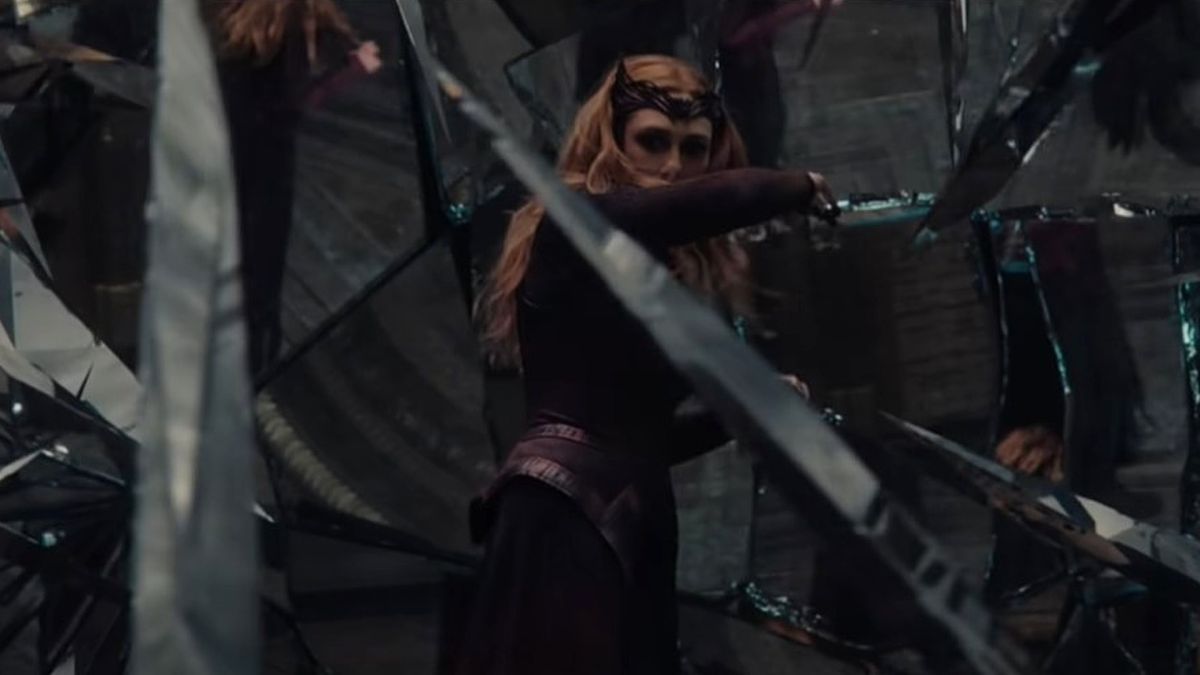
One of the movie’s most disturbing scenes references the Japanese horror trope that’s horrified for generations. Onryō refers to the malicious actions of wronged ghosts, most popularly seen in J-horror movies like Ringu. In that movie and franchise, the virtually unstoppable force of evil, Sadako, is infamously portrayed as a white-dressed, long-haired girl twitchingly emerging from a well.
Trapped by Strange in the Mirror Dimension, Wanda first turns reflections against the surviving magicians of Kamar-Taj. She then makes one of the most chilling entrances in the MCU, climbing from a mirror in a way that would make Sadako proud.
Body horror

The punchline to Multiverse of Madness predicts the ongoing legacy of the Darkhold. Confidently taking a stroll through Greenwich Village, Strange doubles in agony at a crossing, revealing the mystical third eye that had previously betrayed his variant’s fall to the book’s power. The mid-credit scene lessens the horror when a typically cocky Strange reveals it to Clea as a joke — if not a euphemism. However, the earlier scene is a classic Raimi final shock (See Drag me to Hell for one of his best).
Body horror intentionally and grotesquely violates the human body to disturb a character and those around them. The sub-genre traces its origin back to at least Mary Shelley’s Frankenstein, but it became popular in horror movies in the early 1980s. David Cronenberg is considered a pioneer of the sub-genre, bringing it near the mainstream with films like Videodrome and The Fly.
In the year Multiverse of Madness takes the MCU deeper into horror than it’s been before, Cronenberg is returning to his roots with Crimes of the Future.

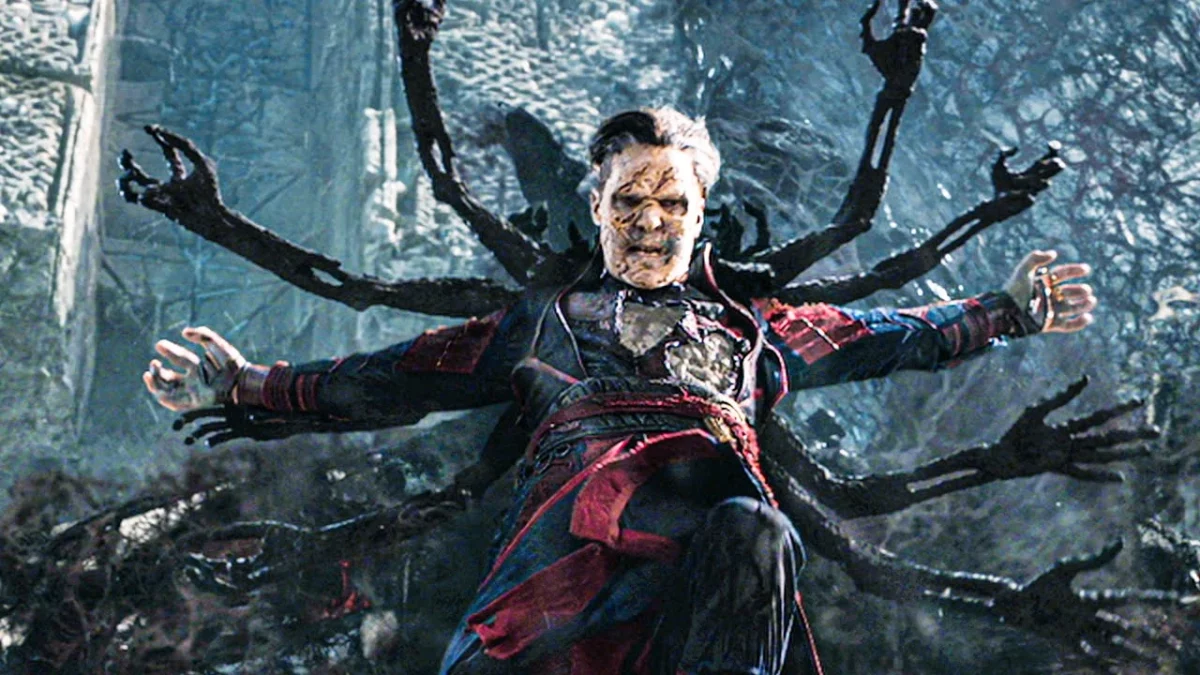







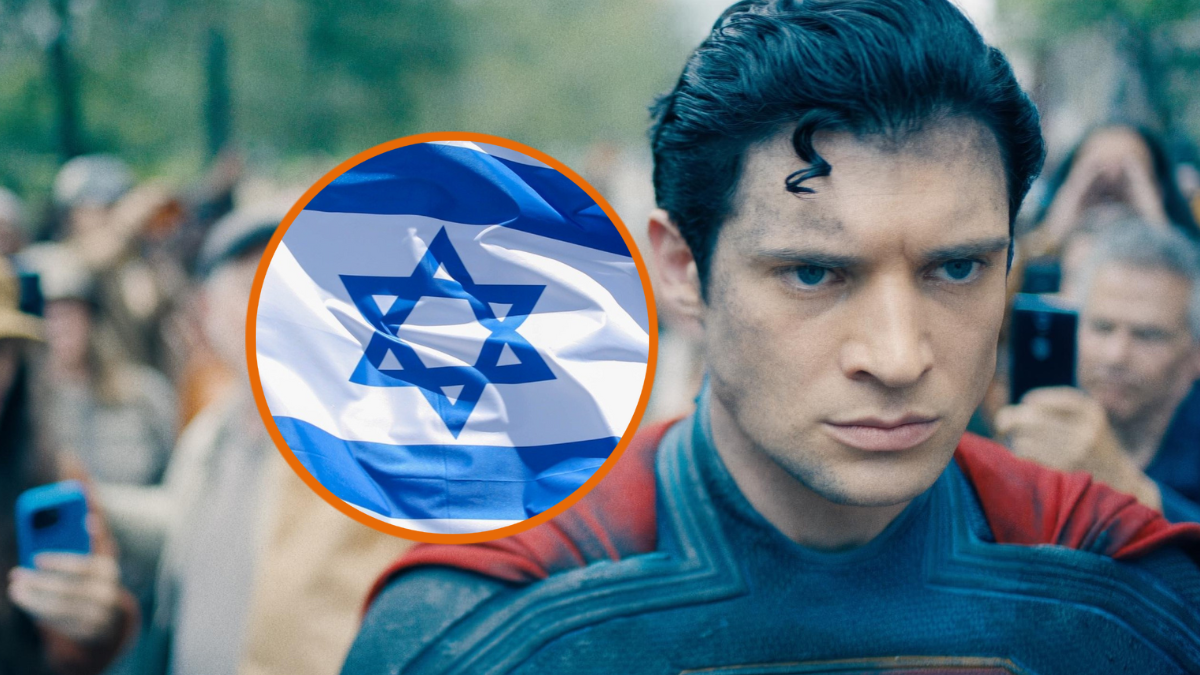

Published: May 15, 2022 07:25 pm